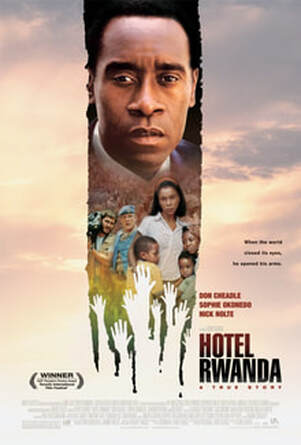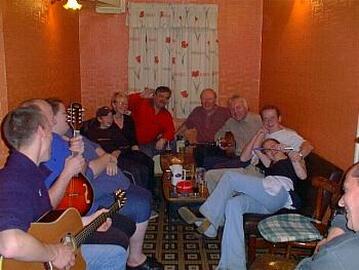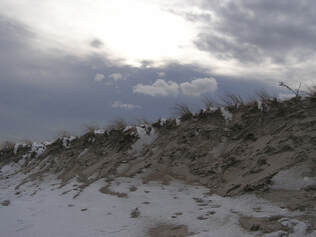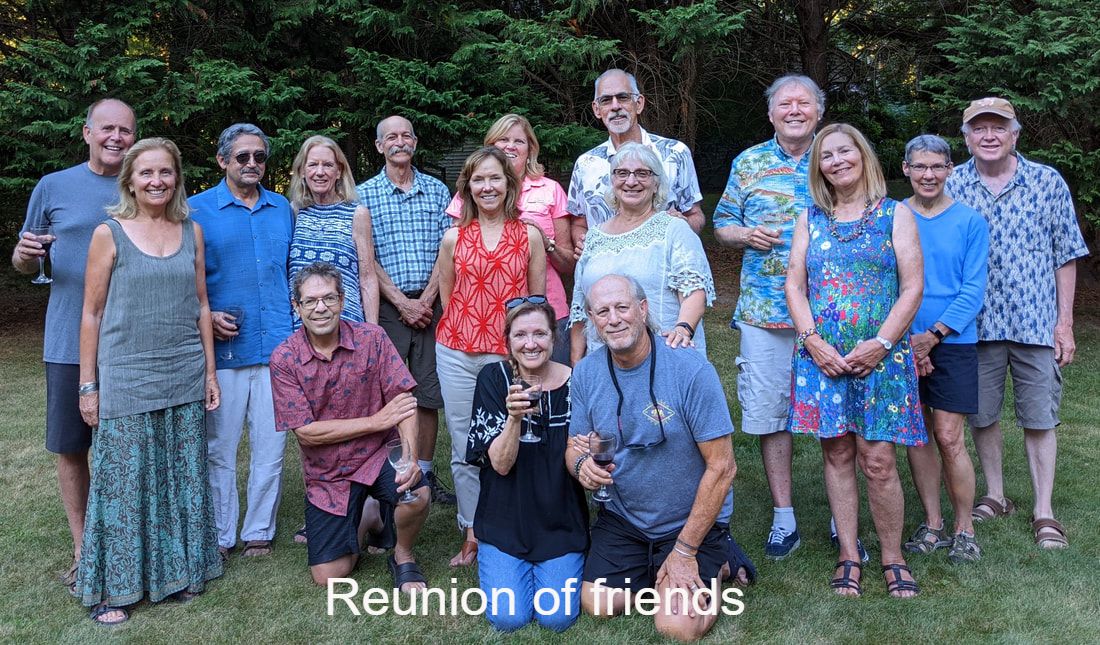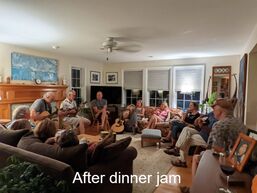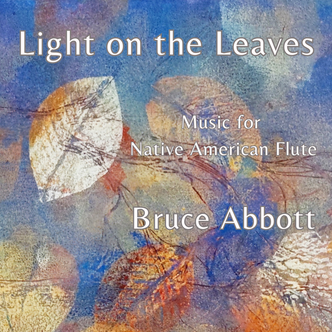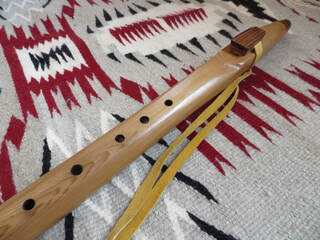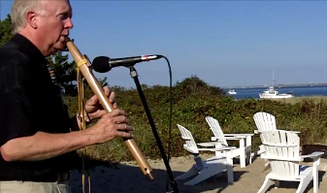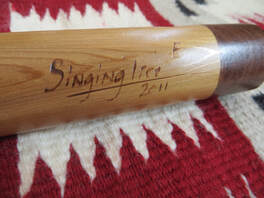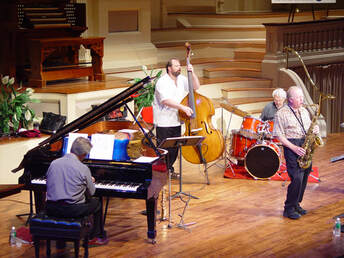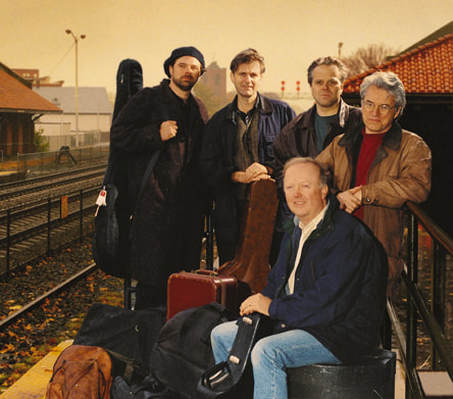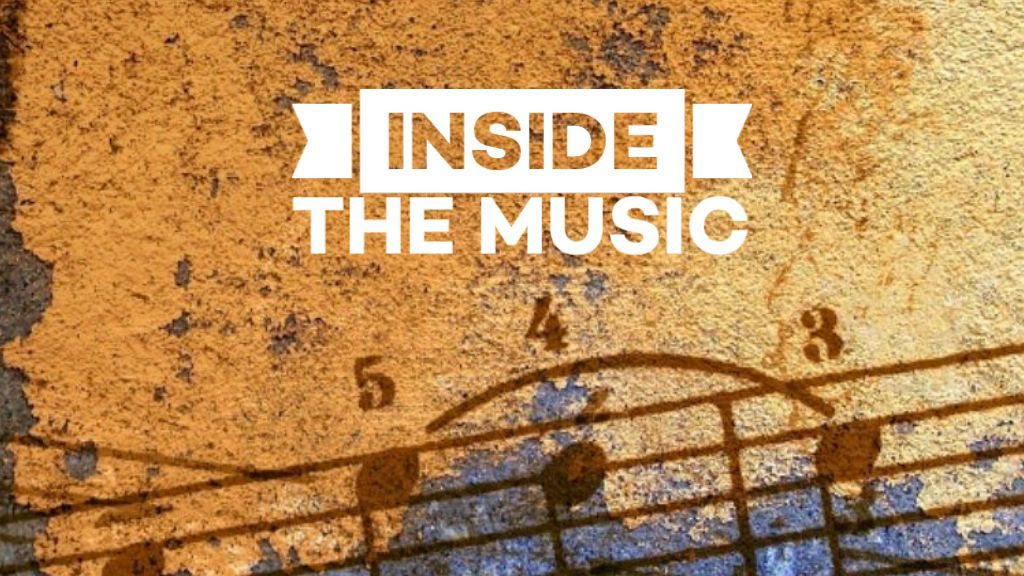In 1987 our group CommonGround released the album "Homeward Bound: An Instrumental Tribute to the Music of Paul Simon". Drummer Paul Mason and I wrote an arrangement of "America" which was included along with 13 other tracks on the album. In the arrangement we created an interlude section that features pianist Ron Fournier's improvised solo. Insider tip: if you listen closely during the interlude you'll hear the strings playing a hint of "America the Beautiful".
Thanks for listening, and may all of our elusive unalienable rights survive in the years ahead!
Click here to listen to the entire Homeward Bound album on YouTube.
Free to listen, no account or subscription required.
Bruce Abbott, soprano saxophone, co-arranger
Peter Calo, guitar
Ron Fournier, arranger, keyboards
Marty Ballou, bass
Paul Mason, drums, co-arranger
With guests
Mike Turk, harmonica
Cenovia Cummins, violin
Mary Rowell, viola
Stephanie Cummins, cello
Recorded by Jack Gauthier at Lakewest Recording



